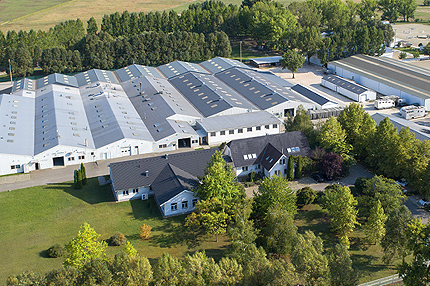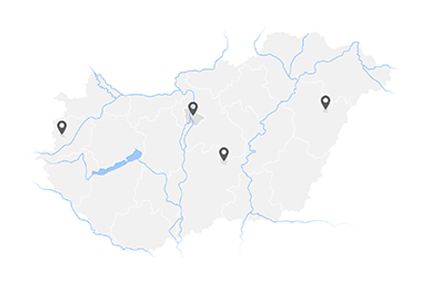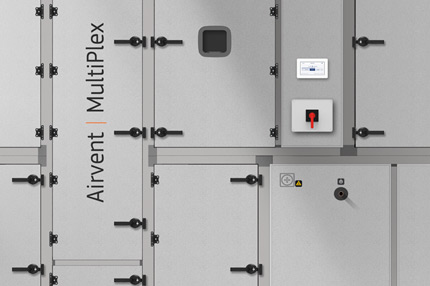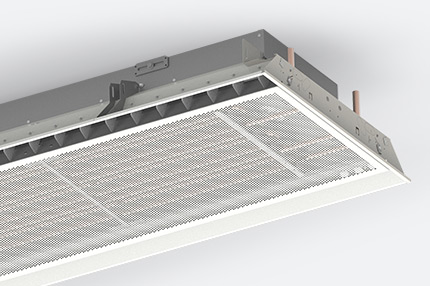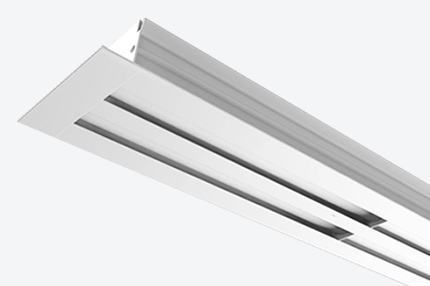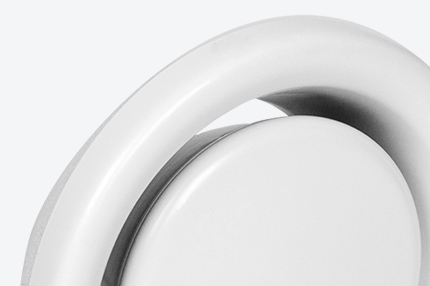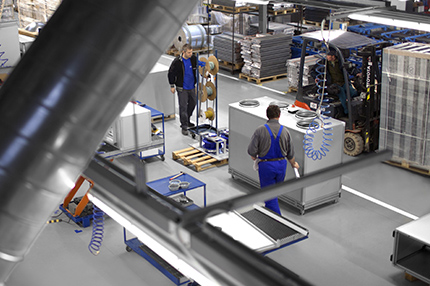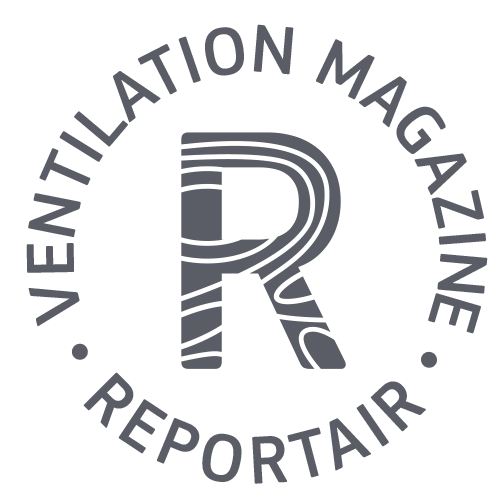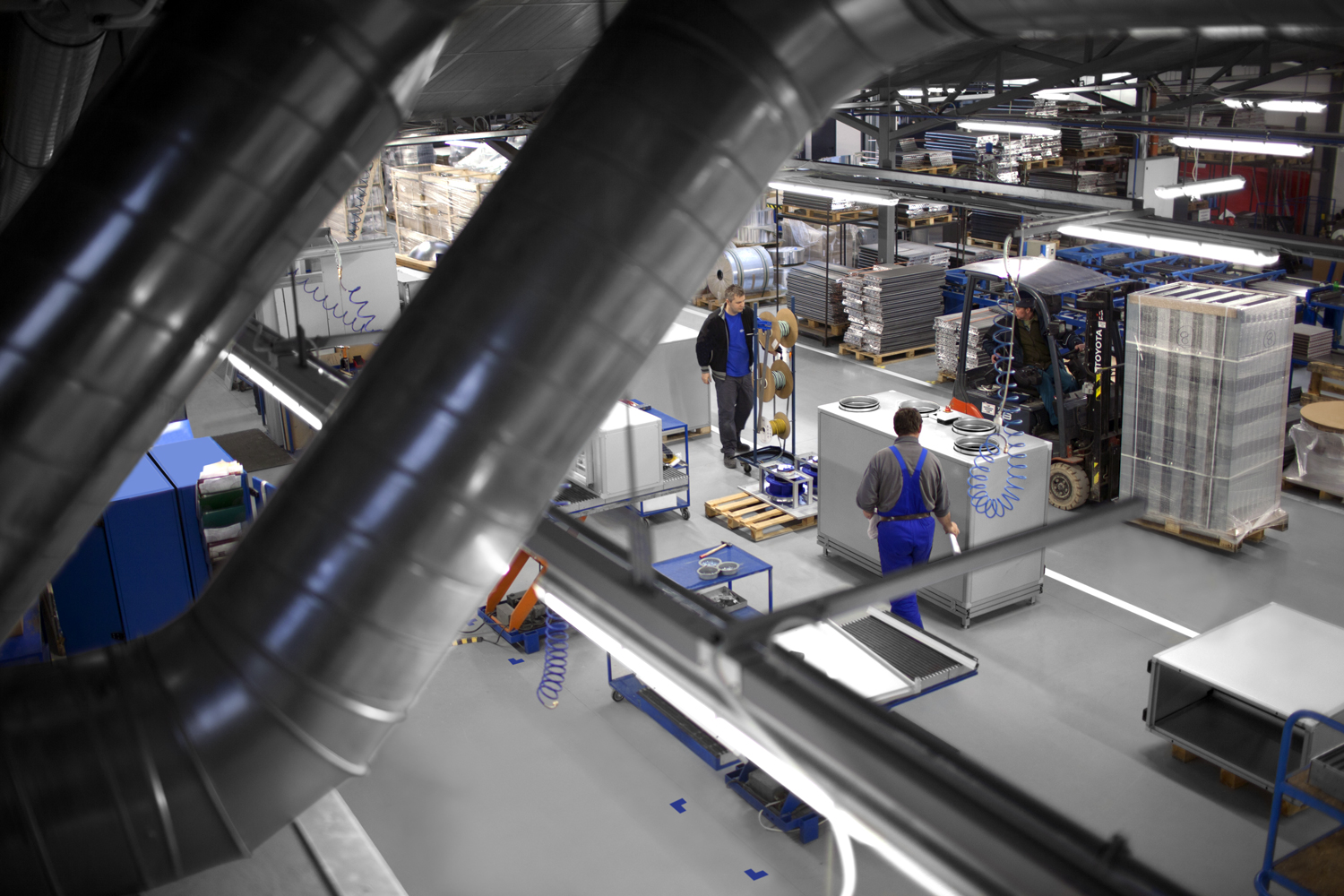Optimizing for growth
To help overcome the new challenges and meet the new demands, a new production manager was appointed in May 2018. We asked Csaba Kelemen, Airvent’s production manager, about the changes of this past three years, with its challenges, and successes.
At Airvent, we are proud to have a great variety of products covering the majority of demands, as well as advanced system solutions found in modern ventilation system. The range includes air handling units, chilled beams, sound attenuators, air volume controllers, supply and extract air diffusers, automatic controllers, software, as well as other accessories. During the past few years we have seen exponential sales growth on both the domestic and export markets. Various new and large projects have brought many new challenges, which have required creative thinking from all our production engineers, product designers and sales team, as well as, the production management team.
How did you get in contact with Airvent?
In 2013 Airvent approached the company I worked for, as they had big plans to improve their production systems and processes to meet current and future customer demand. Airvent wanted to do this in a healthy way, making sure that the company and its coworkers can simultaneously operate efficiently during the changes. One of the first tasks was to understand the situation and processes at the time and shed light on the most important areas that we could improve, coupled with a detailed action plan on how to achieve our objectives.
What was the mission of this particular project?
The objective of the project was to select a product group that was being produced in large volumes, where we objectively as a team saw great room for improvement. We decided on the plenum box series TK. At the time of our investigation there was a team of around 20 people manufacturing approximately 750 boxes a week – this included the work done on the plain sheets to the packaging of the final product. Together with the management team, group leaders and factory workers we developed new production flows and processes and created the first production unit or cell based on the 5 basic principles of LEAN. Using a production unit does not only allow for the space needed for production to be reduced, and thus for the lead time of a product to be significantly decreased, but it also makes it possible to adjust and allocate resources in a flexible manner so that they better meet the demand at any given time. The result of our work was a capacity increase of 150%, around 1800 boxes produced a week, with a team of 15 people. In addition to increasing production efficiency by 2,5x, the production area was also decreased by 20-30% while the level of mid-inventory was decreased by 30-40%.

